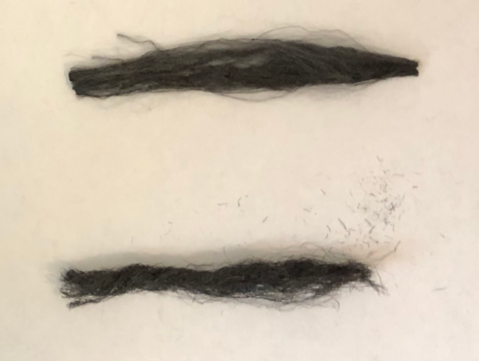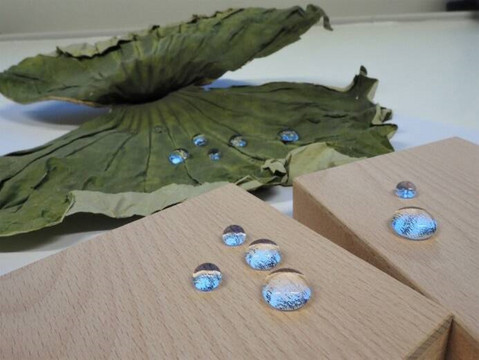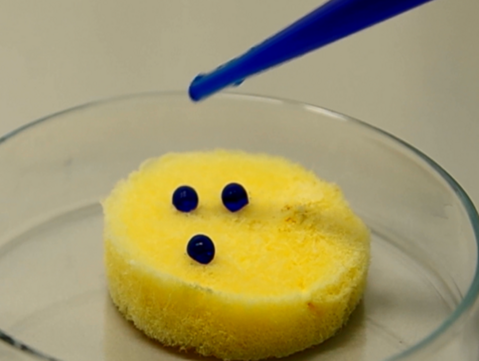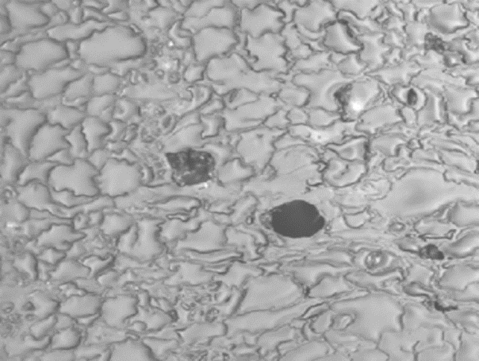Description
In order to fully utilize biobased raw materials and by-products, we investigate non-fibrous components for use in functional materials. Also with regard to fibrous raw materials, we are aiming at a broad application beyond the use as a mechanical reinforcement. By means of suitable preparation and modification techniques, specific functionalities may be imparted to biobased materials including, for instance, electric conductivity, thermal stability, heat insulation or superhydrophobic surface characteristics.
Contact: Wolfgang Gindl-Altmutter
Research and publications
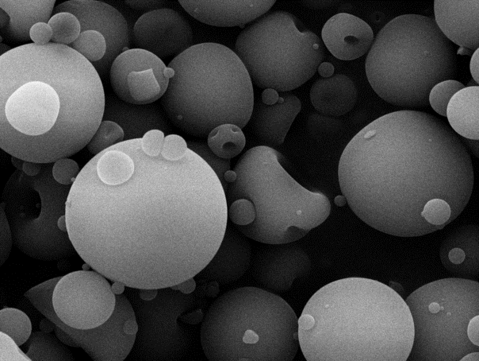
Electrically conductive carbon microparticles from spent pulping liquor
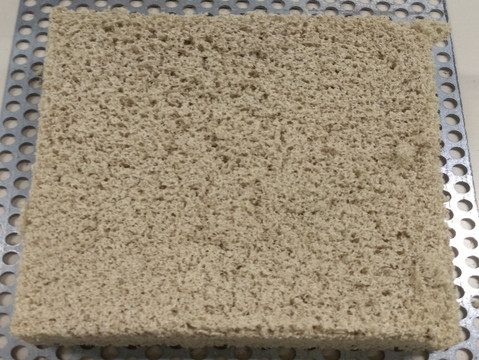
Porous materials from fibrillated sugar beet pulp
Theses (since 2015)
Dissertations
Jan Janesch (ongoing): Novel surface coatings on wood based on renewable materials.
Maria Busquets Ferrer (ongoing): Tailored lignocellulosic high-performance materials.
Armin Winter (ongoing): Utilization of papermaking fines and their potential application in new bio-based materials.
Benjamin Arminger (2021): Advanced organic coatings for the hydrophobization of solid wood materials.
Janea Kristin Köhnke (2019): Bio-basierte Carbon (Nano-)Partikel als Polymerverstärker.
Master theses
Valentin Haas (2020): Thermogravimetrische FTIR Analyse von Holzwerkstoffen.
Valerie Minihold (2020): Einfluss von Hubgröße und Temperatur auf das Bruchverhalten von Pellets - Simulationsversuche mittels SPP produzierten Pellets.
Florian Pluta (2019): Machbarkeit von Dämmstoffen auf Basis von Kaffeebohnen-Silberhäutchen.
Claudia Gusenbauer (2017): Innovative biobasierte Dämmstoffe.
Max Weissmann (2017): Herstellung und Charakterisierung eines durch mikrofibrillierten Cellulose verstärkten Melamin-Harnstoff-Formaldehyd-Schaums.
Stefan Kaltenbrunner (2016): Ligninbasierte Karbonpartikel als Additive in einem Biokunststoff.

